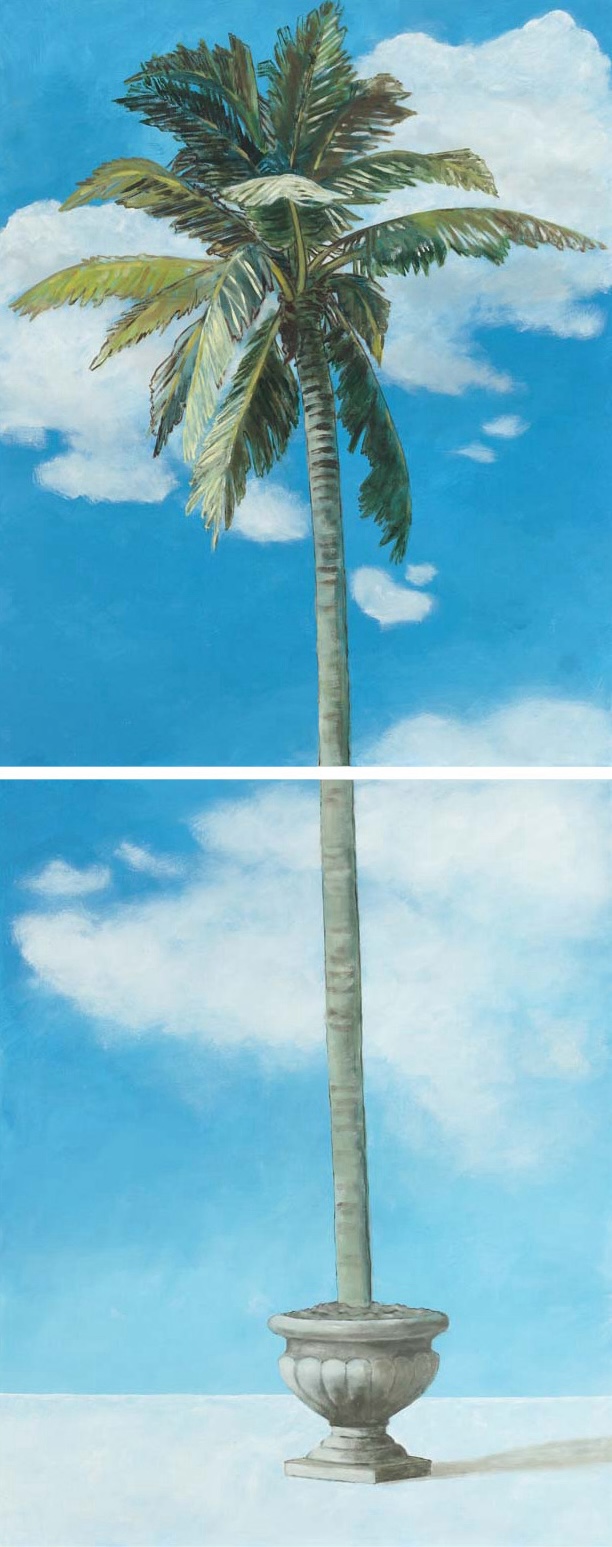Interweaving Creative Critical Sense-Making through a Body of Koloa
An Exploratory Examination of Falanoa as an Intergenerational Arts-Based Research Method
DOI:
https://doi.org/10.18432/ari29749Palabras clave:
art-based research, visual arts, creative critical sense-making, storytelling, intergenerational knowledge, culturally sustaining pedagogies, koloa, falanoaResumen
Storytelling through the arts is embedded in Pacific cultural ways and is meaningfully expressed by interweaving history, genealogy, cultural values, and beliefs. My investigation into Pasifika students’ success as Pasifika in visual arts was revealed through the students’ artworks and stories. Visual art teachers’ beliefs, attitudes and pedagogical practices were also examined to illuminate the critical role they play in affirming Pasifika student success as Pasifika. The inclusion of my own experiences and artworks as a visual artist of Tongan and German descent, grounds the research project and offers voice to my creative critical sense-making process. This article also presents an exploratory examination of falanoa, alongside Caroline Scott Fanamanu’s analysis, as an intergenerational arts-based research method, specifically in the context of my own body of koloa, a personal collection of treasured artworks generated across a 30-year period. Recognising my duality of distinct ancestral worlds, this article suggests that falanoa can be a valuable method for arts-based research, particularly in the context of creative critical sense-making, cultural preservation, and intergenerational knowledge.
Descargas
Publicado
Cómo citar
Número
Sección
Licencia
Derechos de autor 2024 Dagmar Dyck, Caroline Scott Fanamanu

Esta obra está bajo una licencia internacional Creative Commons Atribución-NoComercial-SinDerivadas 4.0.
Authors who publish with Art/Research International agree to the following terms:
a. Authors retain copyright and grant the journal right of first publication and the right to sublicense the Contribution, in the form in which it is published by the journal, to others under the terms and conditions of the of the Creative Commons Attribution-NonCommercial-NoDerivs (CC BY-NC-ND) that allows others to download the work and share the work with others with an acknowledgement of the work's authorship and initial publication in this journal, but they cannot change the work in any way or use any part of the work commercially.
b. Authors are able to enter into separate, additional contractual arrangements for the non-exclusive public distribution and display of the journal's published version of the work (e.g., post it to an institutional repository or publish it in a book), with an acknowledgement of its initial publication in this journal.
c. Authors are permitted and encouraged to post their work online (e.g., in institutional repositories or on their website) prior to and during the submission process, as it can lead to productive exchanges, as well as earlier and greater citation of published work (See The Effect of Open Access).
d. Authors wishing to include items (such as images or other media, or any creative works of others whether previously published or not) must contact the original copyright holder to obtain explicit permission to publish these items in Art/Research International. Writing permission should include: the title(s) of any copyrighted work, original place of publication if applicable, and an acknowledgement of having read Art/Research International's copyright notice. Authors are responsible for obtaining this permission and keeping it in their own records for later verification.



